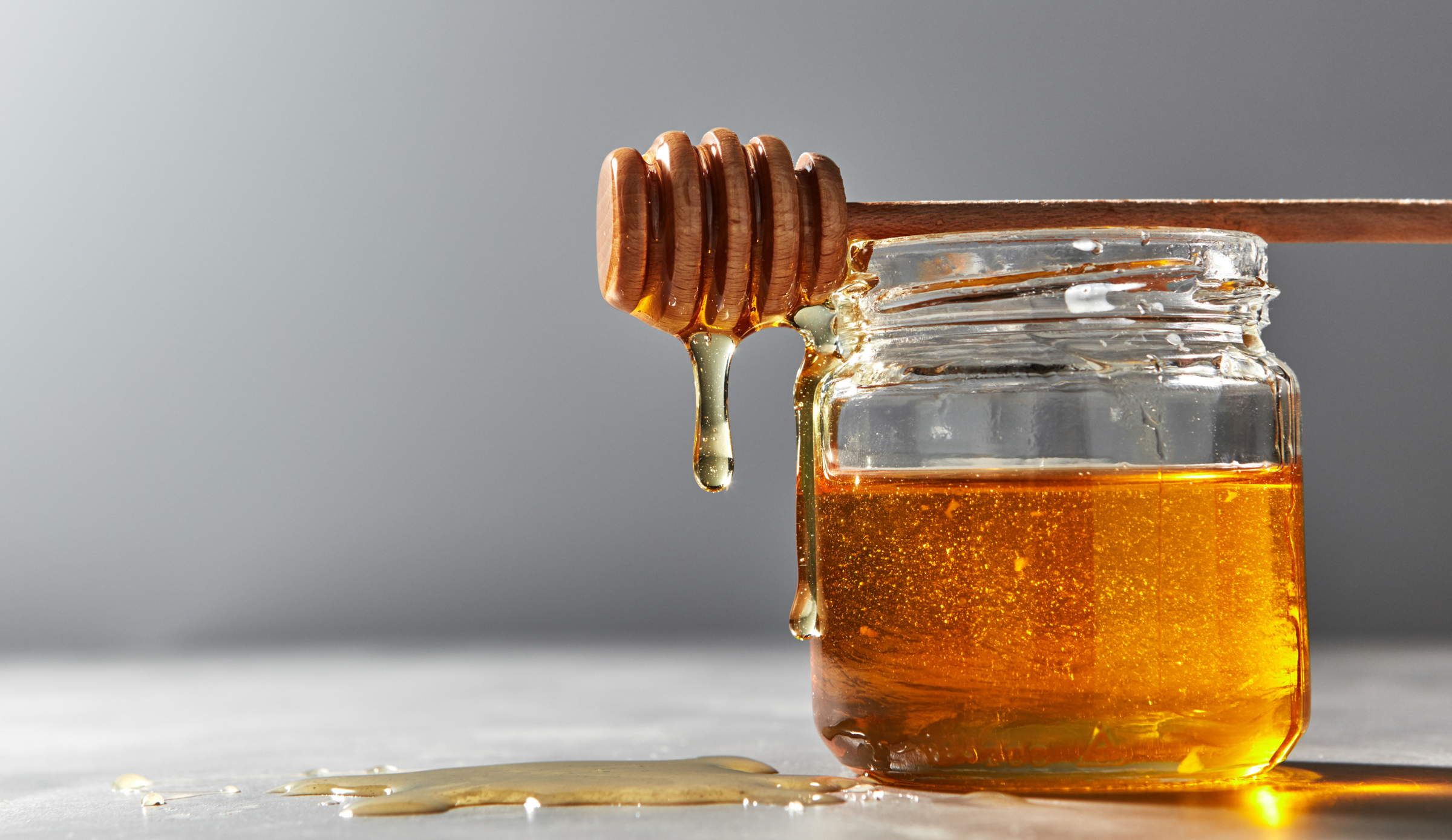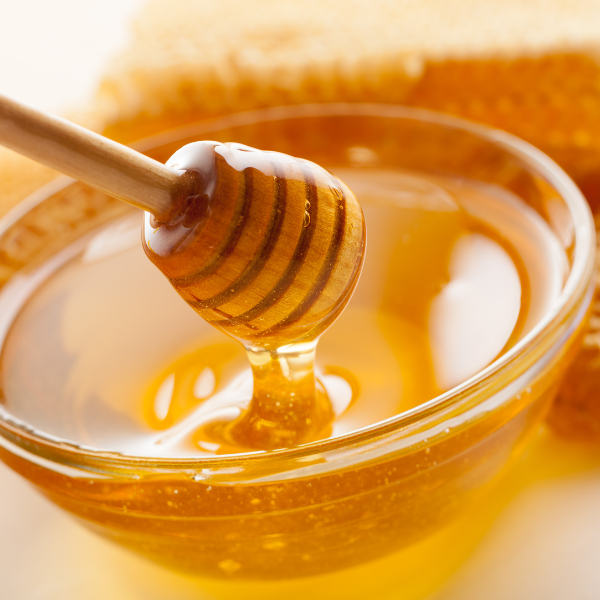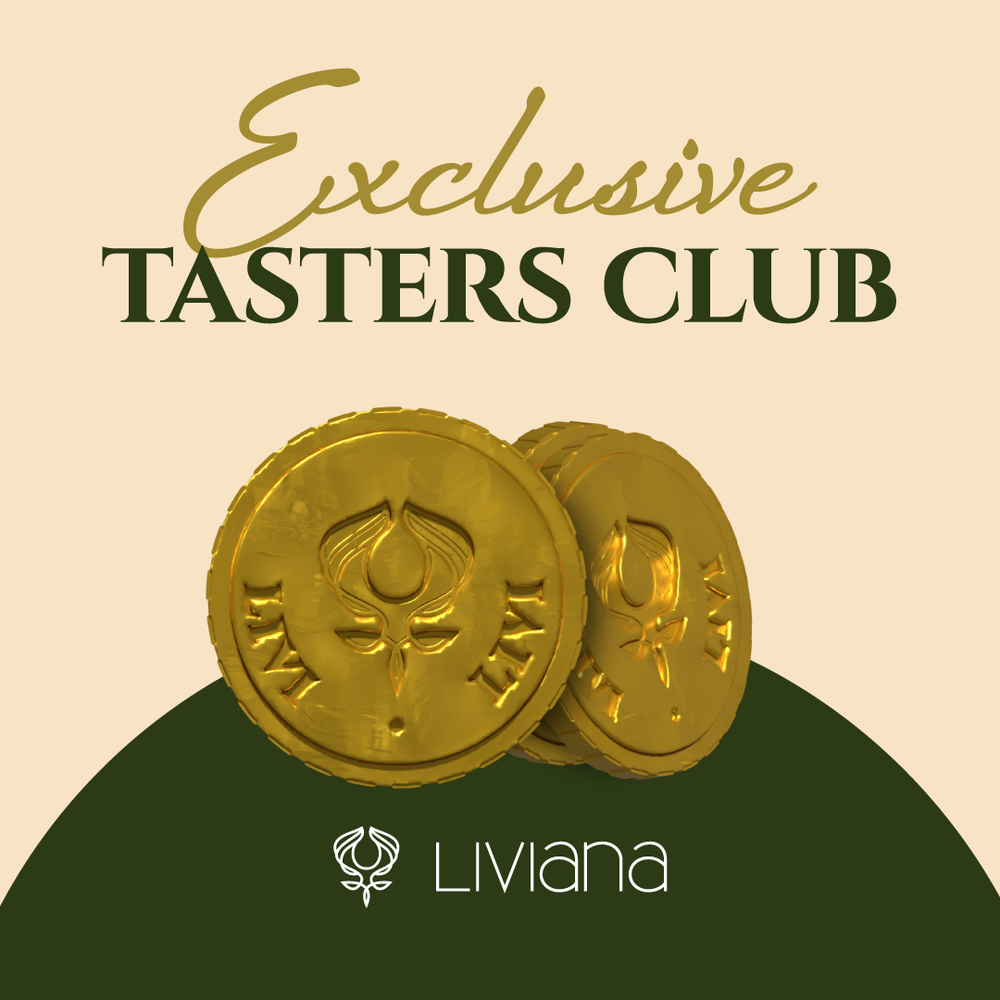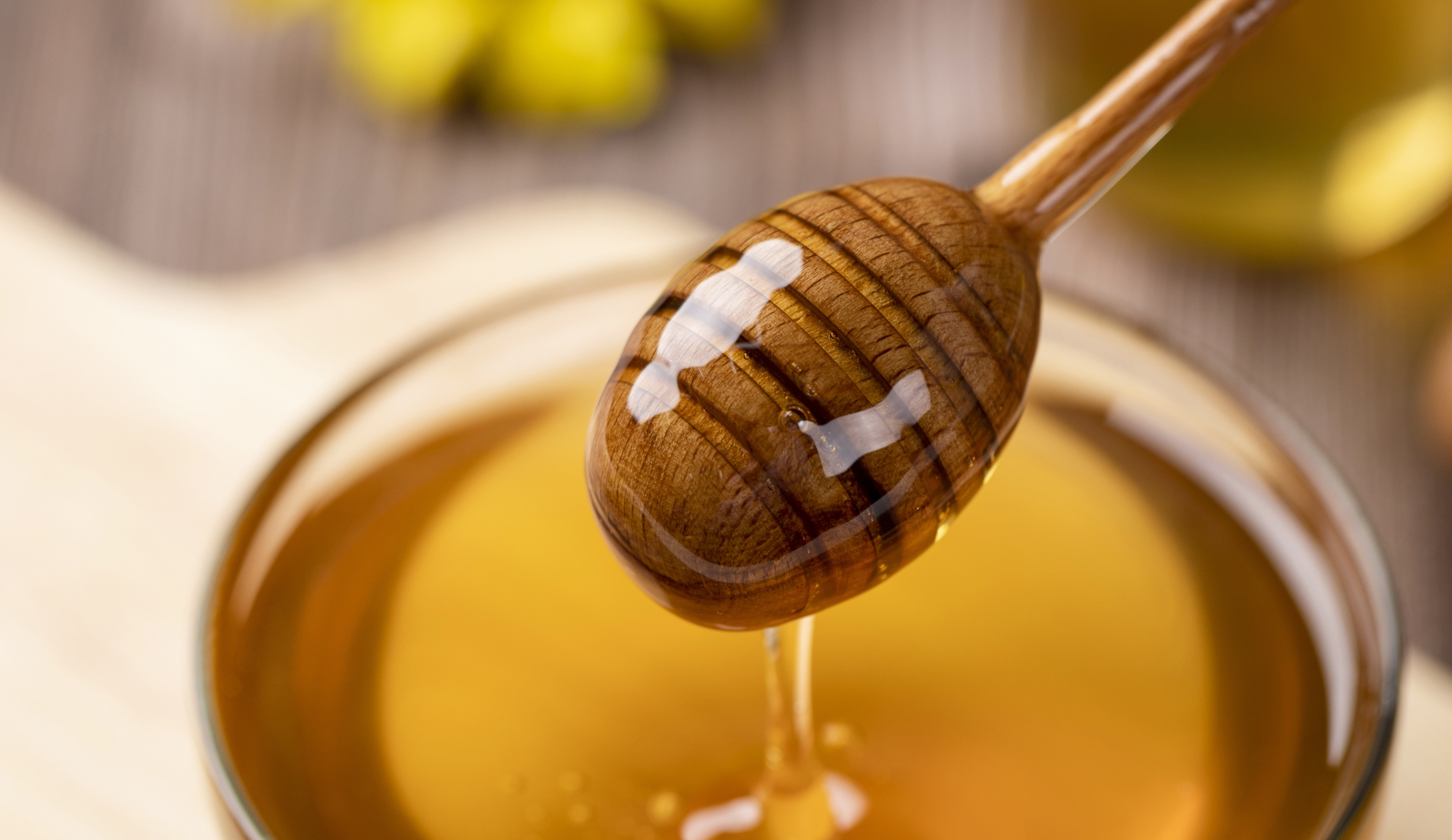Nearly half of honey imported into the EU is suspected to be fake, according to the European Commission’s DG for Health and Food Safety. The investigation, led by the 'From the Hives' initiative, revealed practices like addition of sugar syrups, blending honey from various sources and falsifying traceability. China accounts for 74% of suspect consignments, creating unfair competition for genuine producers. Consumers are urged to select pure honey to reap its health benefits.

Everybody likes a deal, especially these days when inflation rates are skyrocketing, and a small packet of groceries costs a small fortune. Honey is generally a costly commodity, and when you find this ‘liquid gold’ at super cheap prices you probably feel like a kid on Christmas morning! But is this too good to be true?
Europe is the world’s second-largest importer of honey after the United States.¹ The local demand for honey in the European Union (EU) exceeds domestic production, leading to importation.² The EU has about 612,000 beekeepers and 18 million hives producing approximately 280,000 tons of honey a year. However, local beekeepers have been unable to compete with the influx of low-priced, imported honey.¹

“European officials have just announced that almost half of the honey imported into the European Union is fake…”
‘‘From the Hives” was set up in 2021 to assess the prevalence of adulterated honey on the market. The coordinated action is spearheaded by the European Commission’s Directorate General for Health and Food Safety (DG SANTE), along with the national authorities of 18 countries that are part of the EU Food Fraud Network, European Anti-Fraud Office (OLAF) and the European Commission’s Joint Research Centre (JRC).¹
From the hives’ targeted imports of honey into the EU in three phases and involved OLAF and national authorities in investigating places of import, processing, blending, and packing on suspicious consignments.¹ This coordinated action has recently confirmed that almost half of the honey that is imported into the EU does not comply with the provisions of the ‘Honey Directive’. This is based on 320 samples that were randomly sampled between November 2021 to February 2022. China is responsible for 74% of suspicious consignments, and 14 out of 15 kinds of honey from Turkey were determined to be fake and contained extraneous sugars. Honey from the United Kingdom is also deemed to be fake, which is likely due to blending honey from other countries and then re-exporting it to the EU.³
Exporters and importers have been found to be involved in the following malpractices:³
- Use of sugar syrups to lower the price of honey
- Analysing honey/sugar blends in certain laboratories to elude possible detection by clients and official authorities
- Adulterating the true botanical source of the honey with additives and colourings
- Forging the traceability information and removing pollen to mask the true geographical origin of honey

According to EU legislation, honey must remain ‘pure’ and cannot have ingredients added to it. Adding water or inexpensive sugar syrups to increase the volume of honey is considered ‘adulteration’.² The adulterated samples in this study were found to be cut with sugar syrups made from rice, wheat or sugar beet1. Even though the addition of water or sugar syrup is not likely to pose any health risks, these practices defraud consumers and create unfair competition for honest producers as they are unable to compete with much cheaper products made with these cheap ingredients.²
For more information on the study, refer to the reference below.
SO, WHAT IS THE TAKE AWAY MESSAGE?
In light of recent revelations, the enticing prospect of affordable honey may be too good to be true. European officials have disclosed that nearly half of the honey imported into the European Union is fake, with China being responsible for the majority of suspicious consignments. The investigation, led by ‘From the Hives’ initiative, uncovered malpractices such as the use of sugar syrups to lower honey prices, blending honey from multiple sources, and falsifying traceability information. These practices not only defraud consumers but also create unfair competition for genuine producers. To ensure the health benefits of honey, consumers are urged to opt for the ‘real deal’ – raw and unadulterated honey. CLICK HERE to learn the effect honey has on cardiometabolic risk factors.
CONCLUSION
The shocking revelation that almost half of the honey imported into the European Union is fake raises serious concerns about the integrity of honey in the market. Unethical practices, such as the use of sugar syrups and the manipulation of traceability information, undermine consumer trust and present unfair competition for authentic producers. While the health risks of these fake samples may be minimal, the impact on consumer trust and fair competition is significant. The call to enjoy honey in its pure form emphasizes the importance of transparency in the honey industry, urging consumers to be observant and to choose pure honey for its health benefits.
To gain the health benefits from honey you will need the ‘real deal’ – so no room for ‘fakers’ here! Honey should be enjoyed the way Winnie-the-Pooh liked it, raw and unadulterated.
REFERENCES
- Rodriguez C. 2023. Nearly half of the honey in European markets is fake, EU investigation finds. Available here. Date of access: 5 April 2023.
- European Anti-Fraud Office. 2023. (No) sugar for my honey: OLAF investigates honey fraud. Available here. Date accessed: 5 April 2023.
- European Commission. 2023. EU coordinated action “From the Hives” (Honey 2021-2022). Available here. Date accessed: 5 April 2023

Nicola Royce
Registered Dietitian,
Postgraduate Diploma Diabetes,
Masters in Nutrition



